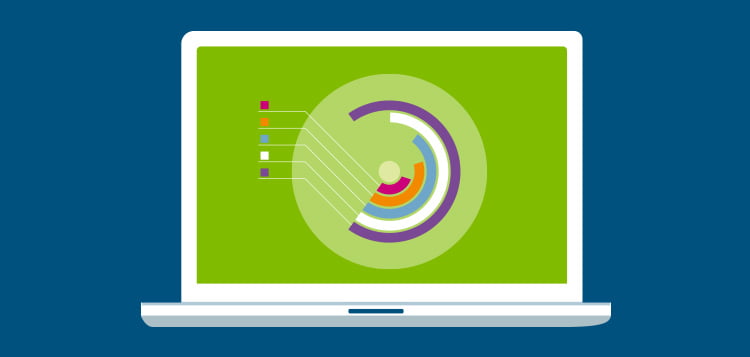Intrigued In Learning How Site Style Has Advanced? Explore The Journey From Simple Styles To User-Centric Techniques
Intrigued In Learning How Site Style Has Advanced? Explore The Journey From Simple Styles To User-Centric Techniques
Blog Article
Write-Up Writer-Lamb Harding
In the past, sites were simple and concentrated on details. Navigating was direct, and design was for desktop computers. Currently, user experience is vital. Data overviews designs for simple navigation. Responsive formats suit different tools. Today, dark mode minimizes strain, and minimal menus enhance navigating. Interactive features engage customers, and vibrant visuals stand apart. AI integration boosts interaction. See exactly how style has developed to improve your on the internet journey.
Very Early Days of Website Design
In the very early days of web design, simpleness preponderated. Websites were fundamental, with restricted colors, typefaces, and formats. The focus was on offering info rather than showy visuals. Users accessed the internet via slow dial-up connections, so speed and functionality were essential.
Navigation menus were straightforward, usually situated on top or side of the web page. Web sites were made for computer, as mobile browsing had not been yet common. Content was king, and designers focused on simple readability over complex style elements.
HTML was the key coding language made use of, and designers needed to function within its restrictions. Animations and interactive functions were minimal contrasted to today's criteria. Web sites were fixed, with little dynamic content or personalized customer experiences.
Surge of User-Focused Style
With the evolution of website style, a change in the direction of user-focused design principles has come to be increasingly prominent. Today, developing web sites that focus on individual experience is crucial for involving site visitors and accomplishing business goals. google search engine optimization cost -focused design involves comprehending the demands, preferences, and behaviors of your target market to customize the internet site's layout, content, and features appropriately.
web page designers near me carry out extensive research, such as individual studies and usability screening, to collect insights and comments directly from customers. This data-driven approach aids in producing user-friendly navigating, clear calls-to-action, and visually appealing user interfaces that resonate with site visitors. By positioning the individual at the facility of the style procedure, sites can supply a more individualized and satisfying experience.
Receptive design has actually likewise become a key element of user-focused design, ensuring that web sites are enhanced for numerous gadgets and display dimensions. This flexibility boosts access and functionality, dealing with the varied ways customers communicate with websites today. In essence, the increase of user-focused layout indicates a change towards producing digital experiences that prioritize the demands and assumptions of completion user.
Modern Trends in Website Design
Check out the latest trends shaping web design today. One famous pattern is dark setting design, offering a sleek and contemporary look while decreasing eye stress in low-light atmospheres. An additional essential trend is minimal navigation, streamlining menus and boosting user experience by focusing on essential elements. Integrating micro-interactions, such as animated switches or scrolling effects, can develop a more interesting and interactive web site. Receptive design remains essential, ensuring seamless individual experiences across various gadgets. Furthermore, using bold typography and unbalanced layouts can include aesthetic interest and draw attention to details material.
Incorporating AI innovation, like chatbots for consumer assistance or customized referrals, boosts individual involvement and improves processes. Accessibility has likewise become a substantial trend, with developers focusing on inclusive layout practices to deal with varied customer requirements. Embracing sustainability by enhancing site efficiency for rate and efficiency is an additional emerging trend in website design. Teaming up with customer responses and data analytics to iterate and improve style constantly is necessary for remaining relevant in the ever-evolving digital landscape. By welcoming these modern trends, you can create an aesthetically attractive, straightforward website that reverberates with your audience.
Conclusion
As you review the evolution of website design from the early days to currently, you can see just how user-focused design has ended up being the driving force behind modern trends.
Welcome the journey of adjustment and adjustment in web design, always keeping the user experience at the center.
Keep current with the latest fads and modern technologies, and never stop evolving your method to produce aesthetically stunning and straightforward websites.
Progress, adapt, and develop - the future of web design is in your hands.
